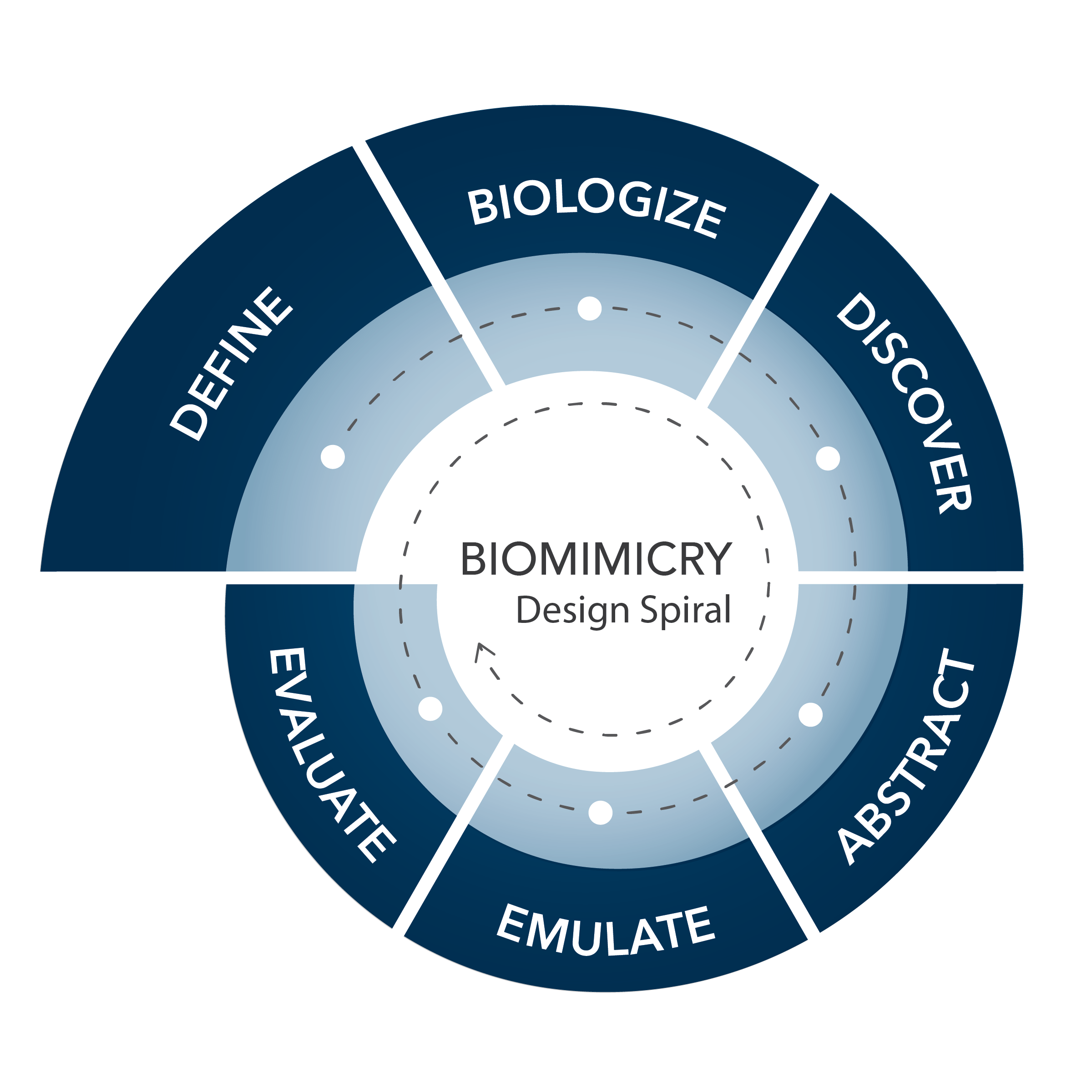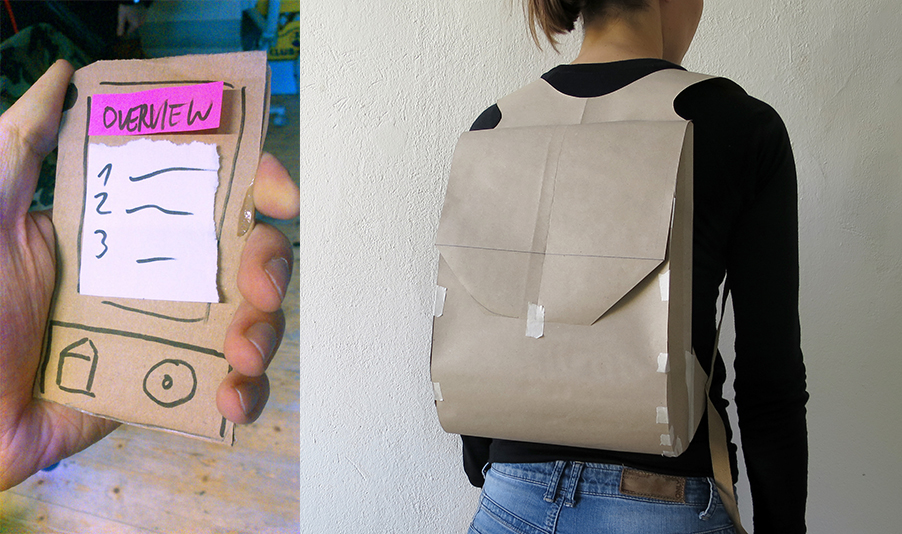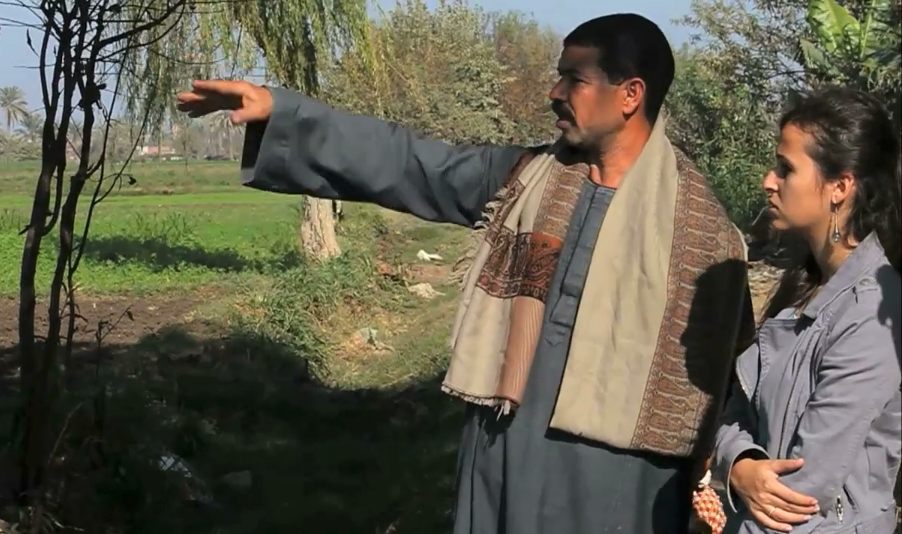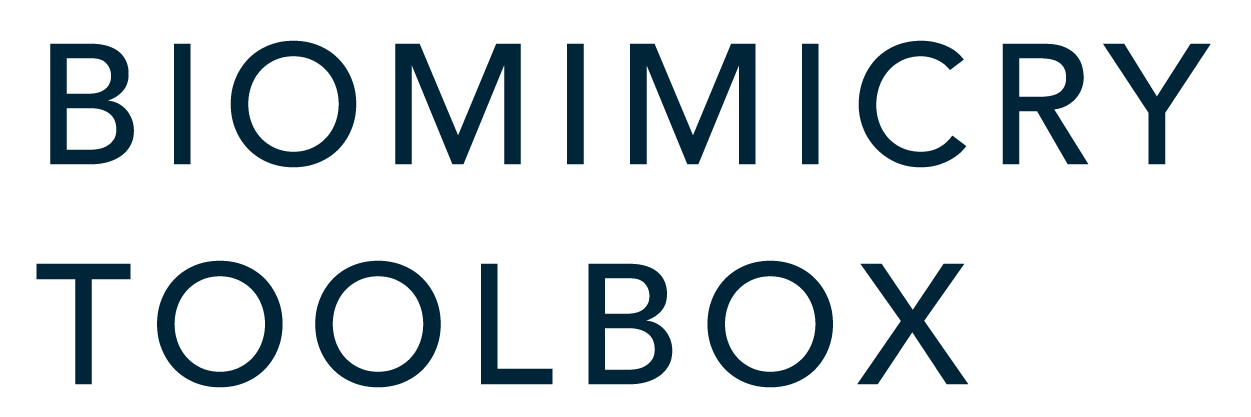Evaluate Fit & Function
“I have not failed, I’ve just found 10,000 ways that won’t work.”
— Thomas Edison, Inventor

EVALUATE
Assess the design concept(s) for how well they meet the criteria and constraints of the design challenge and fit into Earth’s systems. Consider technical and business model feasibility. Refine and revisit previous steps as needed to produce a viable solution.
This step is all about assessment. Your team will examine the design concepts you developed during the Emulate step for how well they solve your design challenge in a life-friendly way and for how feasible they are. Although Evaluate is shown as the “last” step in the Design Spiral, Evaluation should occur multiple times throughout the design process and with increasing rigor. Early in the process, this may be as simple as pausing after you generate a number of ideas to identify which concepts have the most potential and which seem like dead ends. As your team hones in on a concept, evaluation may involve more complex activities, such as creating models, testing technologies, or sharing prototypes with users or stakeholders to solicit feedback.
Tips and suggestions to guide you.
1.
Consider the whole system.
Think about how the design concept is part of a system and how that system is impacted by it. How does your design concept interact with material and energy systems? What about human relationships and behavior? Are there adjacent or super-systems that should be considered, too? (See the Systems View section of this site for an explanation of these terms.)
2.
Identify feasibility constraints.
Consider potential barriers or limitations that your design concept might face (e.g. technology, cost, materials, regulations, culture) and how the solution could be deployed in the real world (e.g. market strategy). Is implementation/adoption of your idea feasible? What are the next steps it would take to achieve your goal?
3.
Evaluate against nature’s unifying patterns.
Use nature’s unifying patterns as an evaluation rubric. Does your design concept incorporate or embody these principles for successful life-friendly design?
4.
Make a prototype.
Make simple prototypes or other visualizations (drawings, storyboards, etc.) for your idea. Doing so can help you recognize problems or opportunities you might have missed and makes it easier to share your ideas with others for feedback. Even low-resolution, non-functional prototypes can be very useful when first testing out concepts.
Rapid Prototyping Methods


5.
Talk to people!
Interview prospective users and stakeholders to understand their reactions to your idea. Get input from experts in the field and learn from their knowledge and experience.
6.
Repeat, repeat, repeat.
Design is a fundamentally iterative process. The best design outcomes often arise when a design team cycles through all of the steps of the Design Spiral many times, improving their design concepts through rapid iteration. (That’s the reason it’s a spiral, not a straight line!) Expect to revisit earlier steps and revise your work as new insights emerge and force you to revisit past assumptions. Don’t get discouraged. Keep going!
Final thoughts
Biomimicry is also a practice, and the more you practice the various steps in a biomimicry design process, the more natural they’ll become and the more quickly you’ll be able to iterate.
Resources
Nature's Patterns Checklist
Business Model Generation (2010)
Rapid Prototyping
Integrating Feedback Video
Please enable cookies to view this embedded content!
This functionality/content marked as “Vimeo framework” uses cookies that you chose to keep disabled. In order to view this content or use this functionality, please enable cookies: click here to open your cookie preferences.
Storyboarding Video
Please enable cookies to view this embedded content!
This functionality/content marked as “Vimeo framework” uses cookies that you chose to keep disabled. In order to view this content or use this functionality, please enable cookies: click here to open your cookie preferences.
Keep Going!
You’ve reached the last “step” of the Design Spiral, but the journey isn’t over. Reflect on and revise your work. Revisit previous steps as you continue to learn and improve your design ideas.
Image Credits
Paper UX mockup: d_jan CC-BY via Flickr
Paper backpack prototype: Plusea CC-BY via Flickr


